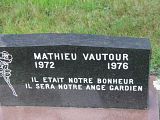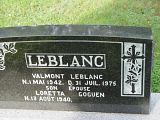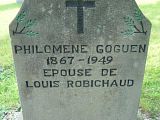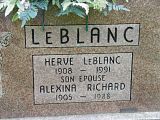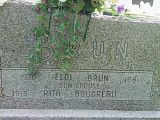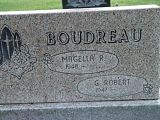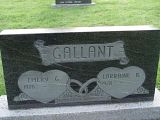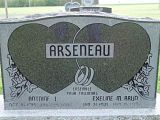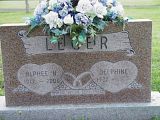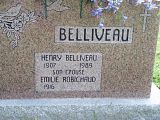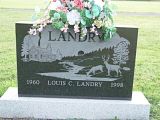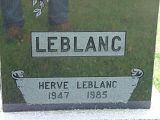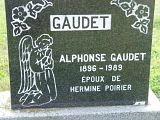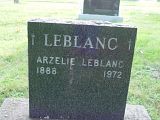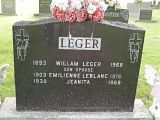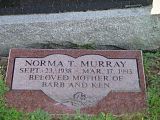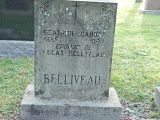LAWRENCE — At St. Mary Immaculate Conception Cemetery, Jimmy Jacobs has been on a fact-finding mission for five months.
Using a ledger and a map from the 1860s, Jacobs unearthed some of the gravestones of victims from the Pemberton Mill disaster. "It's exciting," he said. "It means that we can document it for the future."
Pemberton Mill collapsed on Jan. 10, 1860, due to inferior cast-iron support pillars, trapping 900 workers in the rubble. A lit lantern tipped over during the rescue effort, setting the building ablaze and killing 88 people and injuring more than 200.
Most of the 88 victims were women and recent immigrants from Ireland.
Jacobs first learned about the worst mill disaster in the city while in grammar school, and his interest was rekindled last year when he read Alvin Oickle's books, "Disaster in Lawrence: Fall of the Pemberton Mill" and "Pemberton Casualties." Oickle used city and cemetery records in his research for the books.
"I'd heard the story for years and it almost seem like a legend, but seeing the names and their graves brought it home," said Jacobs, director of St. Mary Immaculate Conception Cemetery.
The victims' graves are in clusters, but scattered throughout the cemetery on the Lawrence/Methuen line.
Jacobs went on a fact-finding mission of his own and found 30 grave sites.
What he found astonished and saddened him, he said. Most of gravestones, while marked, were riddled with misspellings and incorrect ages when compared with the information on cemetery records. A few headstones had sunk underground, and the names, birth dates, countries of origin and epitaphs engraved on them were so well-preserved that they looked new. By contrast, others had been so damaged by acid rain, the weather, and old age that the engravings was no longer readable, and some graves were not marked at all.
"This is an important part of Lawrence history that is dying," said Jacobs, a Lawrence native.
To keep that from happening, Jacobs had put the toppled headstones upright, and, using aluminum and plastic binding, pieced together the stones that have broken.
His hope is to get financial donations to restore the grave markers to their original luster and generate enough interest to preserve them for the 150th anniversary in 2010.
"I've invested 35 years of my life in this cemetery and the city of Lawrence. This is all part of the city and the cemetery history, so it makes it a part of me." "I couldn't sleep at night knowing I couldn't preserve it for future generations."
Jacobs said the stones are made of marble, which is easy to carve, but does not hold well to the elements. He wants to preserve the stones by using granite, which lasts longer.
Jacobs has an artist's rendering from Rock of Ages in Methuen that shows the restoration of a memorial for a Julia Roberts, who at 11 is the youngest known casualty.
"There is a historical value here and at some point, they'll all be erased completely. It's sad because it is the history of Lawrence and of the whole country."

























